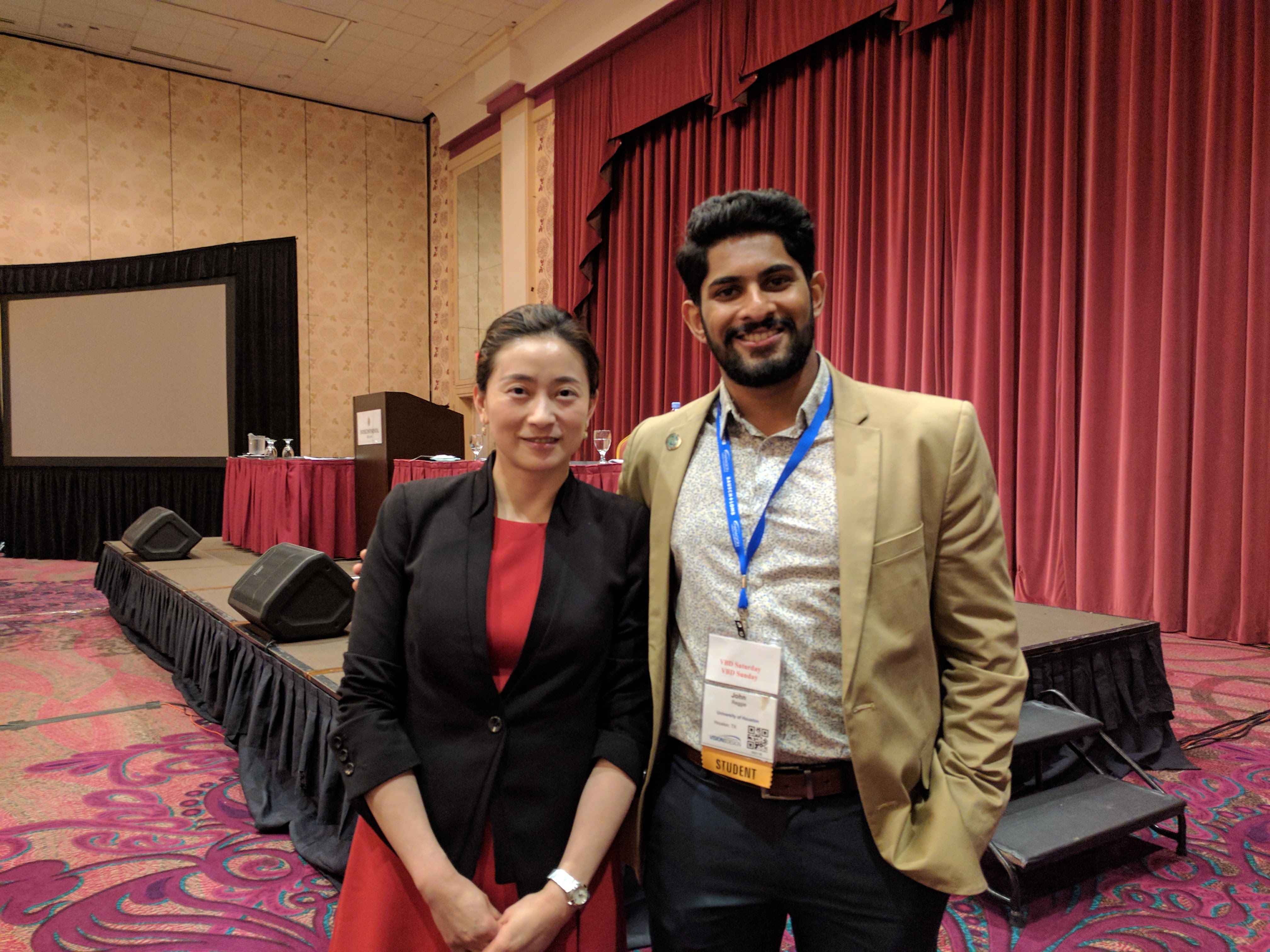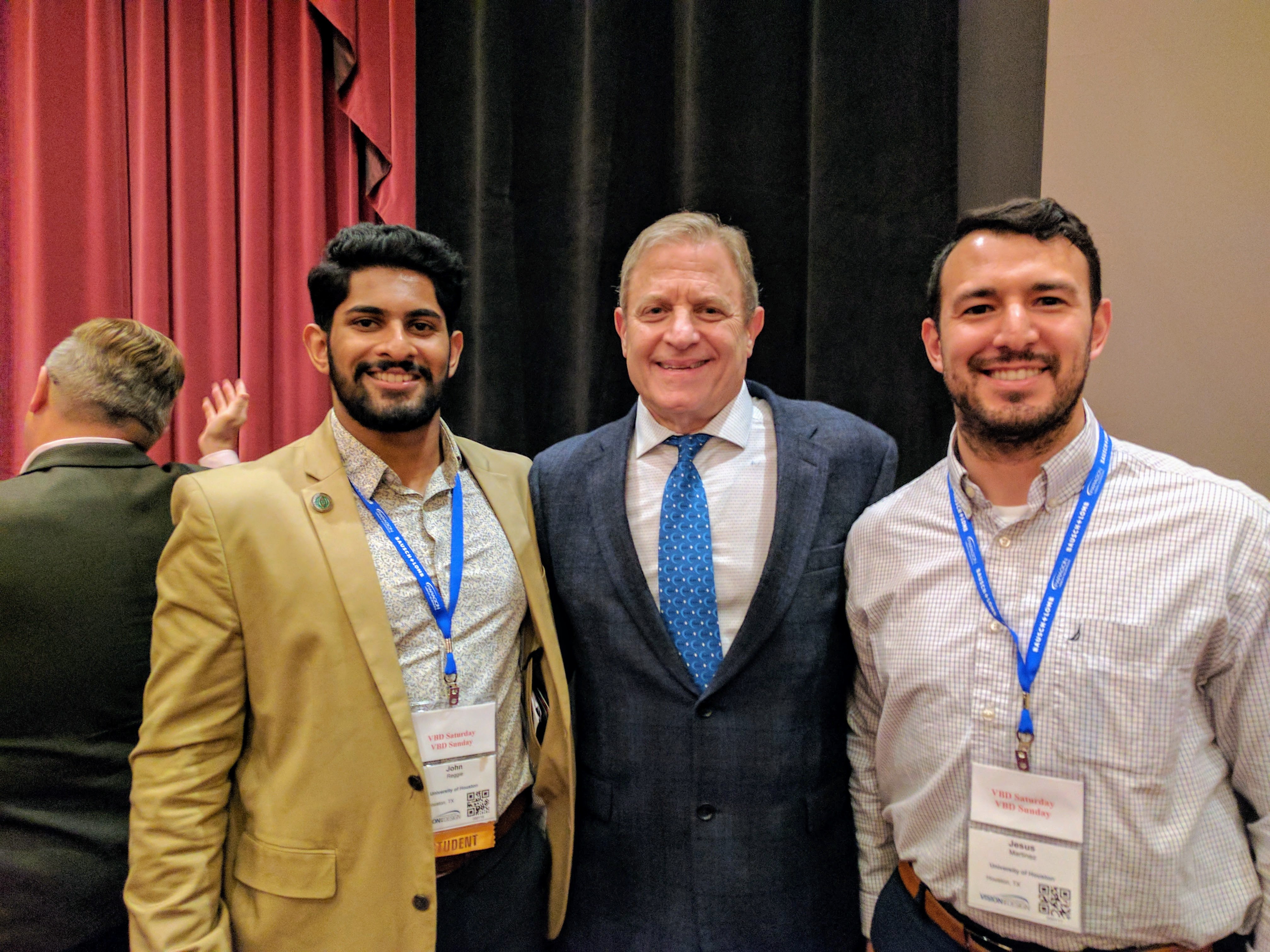Recently there has been a lot of buzz around the term “myopia control” in the vision sciences field. The goal of myopia control is to slow down or even prevent the progression of nearsightedness (i.e. myopia). Being a student at the University of Houston College of Optometry, I was privileged to learn a lot about myopia control through my optometric education. I also was able to attend the Vision by Design conference in April 2017 where I learned more about this subset of optometry and all the lenses and tools used to manage myopic progression.
Myopia control is a hot topic because of the increasing prevalence of myopia and its associated public health concerns. The National Health and Nutrition Survey data show that the prevalence of myopia worldwide has increased from 25% in 1972 to 42% in 2002. Asian countries have the highest prevalence of myopia, with a 96% prevalence in Korean 19-year-olds. With these alarming rates, the need for myopia control has become more pertinent than ever. More importantly, the prevalence of high myopia is increasing even faster, rendering a higher percentage of the myopic population carrying a higher risk of complications that may lead to irreversible vision loss, such as retinal detachments or glaucoma.
During my weekend at Vision By Design and my education at the University of Houston, I have learned about the advances in the field of myopia control. One of the leading tools employed for myopia control is Ortho-Keratology (Ortho-K), also known as Corneal Refractive Therapy (CRT) or Overnight Vision Correction. Ortho-K is a technique that utilizes a large diameter rigid lens to flatten the central cornea and correct myopia. The lens is placed overnight on the eye and removed upon waking, reducing the need for corrective lenses during the daytime. The lens works to change the prolate shape of the central cornea to more oblate (that is, to make the central cornea flatter than the periphery). This allows myopia control in the following way: the image on the macula is in focus, while the steeper mid-peripheral zone provides something called “myopic defocus” to the peripheral retina, in which the light in the periphery focuses in front of the retina. Peripheral myopic defocus has been shown in animal models to inhibit eye growth (axial elongation), which in turn slows down myopic progression. I encourage you to read research from Dr. Earl Smith, Dean of the University of Houston College of Optometry who has conducted ground-breaking research in understanding myopia progression.
Along with Dr. Smith, I also had the pleasure and privilege to meet with Dr. Maria Liu at the Vision By Design conference. Dr. Liu is from the UC Berkeley School of Optometry, and is also a renowned researcher and clinician in myopia control (see our interview with Dr. Liu here). Dr. Liu suggests that a normal myopic spectacle prescription, especially in children, can lead to a “hyperopic defocus,” in which the light in the peripheral retina focuses behind the retina. Peripheral hyperopic defocus is the opposite of the aforementioned goal, myopic defocus, and it may propagate eye growth and expedite the progression of nearsightedness.
 Ortho-K has been extensively studied and the majority of studies boast up to a 45% reduction in myopic progression. Ortho-K is one of the leading tools for myopia control and as students, we should immerse ourselves in it to provide leading-edge care to our patients. I also had the opportunity to hear from Dr. Michael Lipson from the University of Michigan, who was also an advocate for Ortho-K in myopia control. His advice to students was to follow and become familiar with the research in Ortho-K, which will allow us to be better equipped to treat and educate our patients. He also advocates beginning the conversation of myopia and myopic progression with parents early in a child’s life.
Ortho-K has been extensively studied and the majority of studies boast up to a 45% reduction in myopic progression. Ortho-K is one of the leading tools for myopia control and as students, we should immerse ourselves in it to provide leading-edge care to our patients. I also had the opportunity to hear from Dr. Michael Lipson from the University of Michigan, who was also an advocate for Ortho-K in myopia control. His advice to students was to follow and become familiar with the research in Ortho-K, which will allow us to be better equipped to treat and educate our patients. He also advocates beginning the conversation of myopia and myopic progression with parents early in a child’s life.
Ortho-K in myopia control has been adopted as a major field in optometry and for good reason! We have the technology to change the progression of refractive error and it is on us to learn more and implement that change in our patients.

